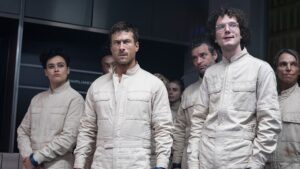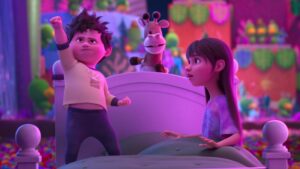Even as someone who has a general apprehension about musicals, it was hard not to be impressed by the grand scale of last year’s Wicked. Much of that is due to the dual powerhouse performances of Cynthia Erivo and Ariana Grande. As is now customary for large blockbusters, Universal decided the story was too big for one movie and divided the film in two, mirroring the two-act structure of Stephen Schwartz’s popular Broadway play. The second half of the story, titled Wicked: For Good, does not completely justify its length, but there is still enough that works to make it an enjoyable experience.
Set a few years after the events of Wicked: Part 1, Elphaba is now a fugitive in the Land of Oz. She spends her days on a one-woman crusade to stop the subjugation of the land’s animal population and to convince people that the supposedly “wonderful” Wizard (Jeff Goldblum) is, in reality, a fraud. Unfortunately, he and Madame Morrible (Michelle Yeoh) have successfully convinced the public that Elphaba intends to kill them all, branding her the infamous “Wicked Witch of the West.”
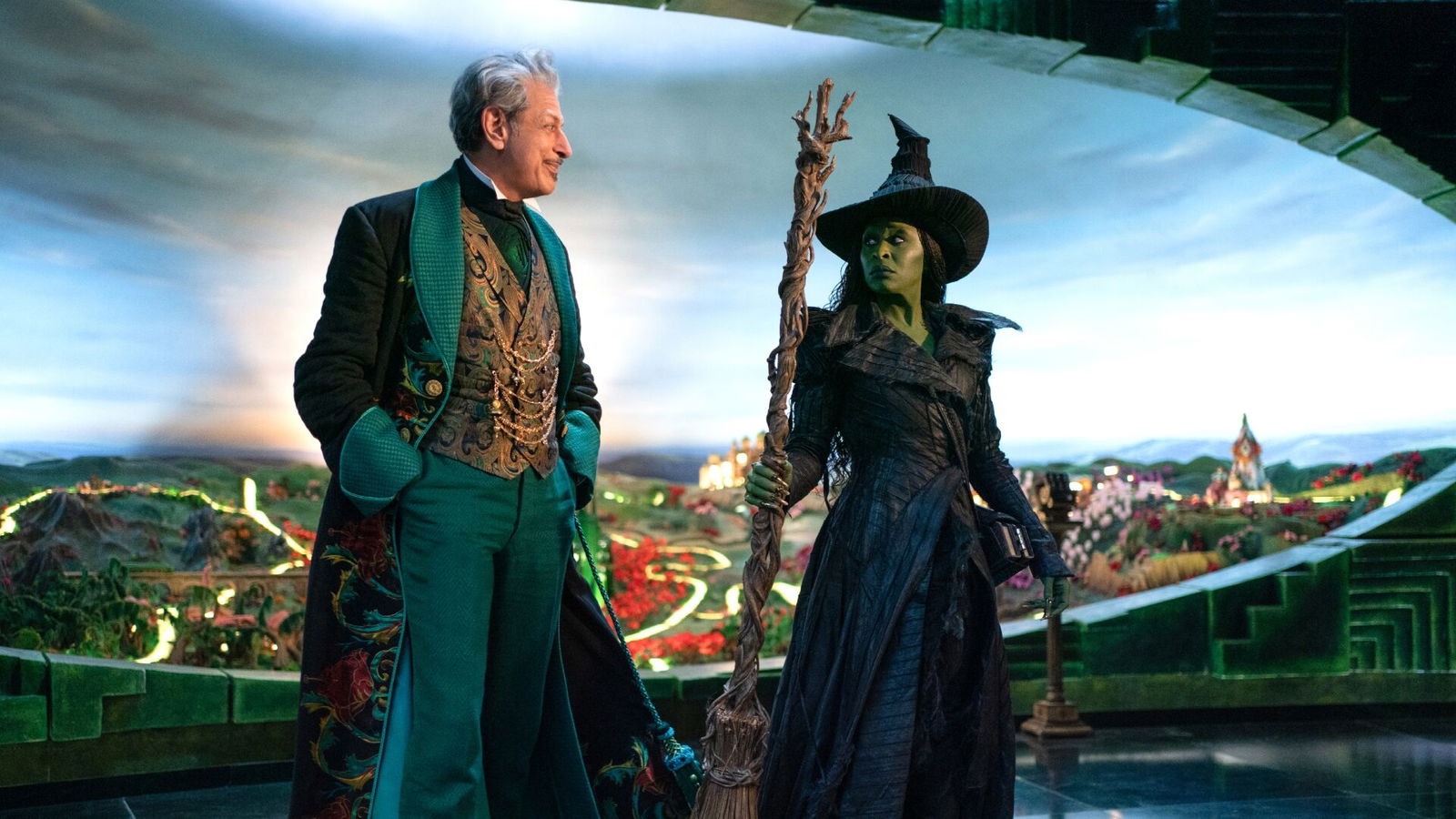
At the same time, the pair have positioned Glinda (Ariana Grande) as the land’s new figurehead, branded Glinda the Good, to raise public spirits. Although she enjoys the adulation and a sudden engagement to the Wizard’s Guard captain, Fiyero (Jonathan Bailey), a surprise even to him, she still feels tremendous guilt that her new status has come at the cost of her friendship with Elphaba.
“Just like Part 1, Wicked: For Good suffers from the same poor lighting and muted colour palette that dull the vibrancy of Nathan Crowley’s production design and Paul Tazewell’s costuming.”
In discussing the film with my friend, a Wicked superfan, she told me that one of my major issues echoed a common criticism of the play: the pacing in the story’s second half feels rushed, especially for a film running more than two hours. The sudden time jump leaves many supporting characters and their dynamics underdeveloped, the most notable example being Elphaba’s half-sister Nessarose (Marissa Bode).
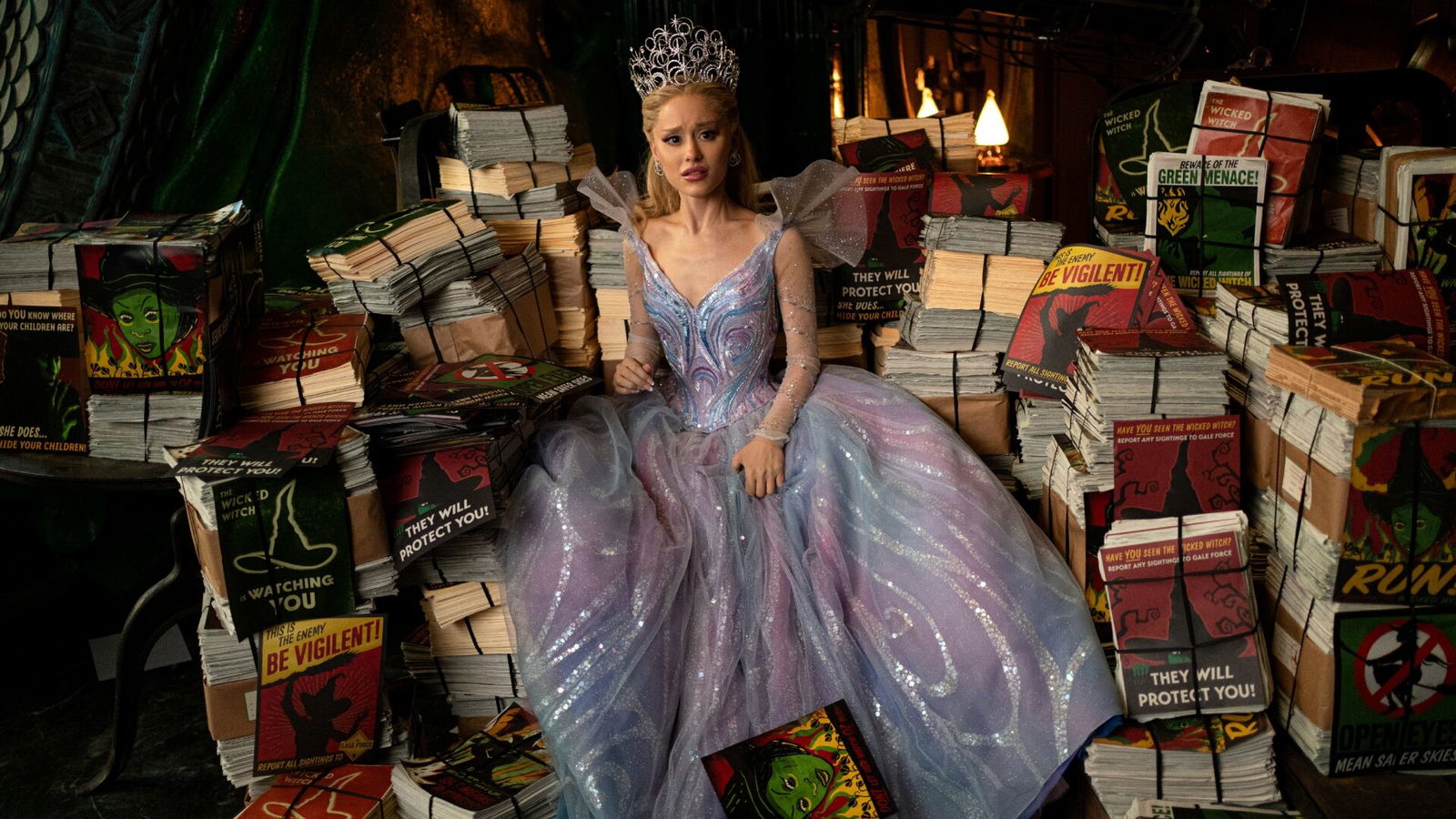
Between the two films, Nessarose has been promoted to governor of Munchkinland, and her unrequited crush, Boq (Ethan Slater), now works as her server. Her strained relationships with both Boq and Elphaba should serve as major turning points for her character. However, because the film focuses on so many other elements, it often feels as though it would rather move past these moments to reach the climactic events audiences expect.
The latter half of the Wicked: For Good weaves its main story alongside the events of The Wizard of Oz. The film wisely avoids placing focus on Dorothy (Bethany Weaver), who appears only a few times on screen, all of which are shot either from a distance, in close-ups of the ruby slippers, or in one notable POV sequence. The film also provides origin stories for Dorothy’s famous companions.
The much-hyped appearance of Colman Domingo as the Cowardly Lion is disappointingly brief, but the creation of the Tin Man is an effective bit of body horror that caught me off guard. At times, the film leans toward Marvel-style fan service, especially in one-liners such as Elphaba stating she is “off to see the wizard” or in the creation of the yellow brick road in the opening scene, but it is not as distracting as I had feared.
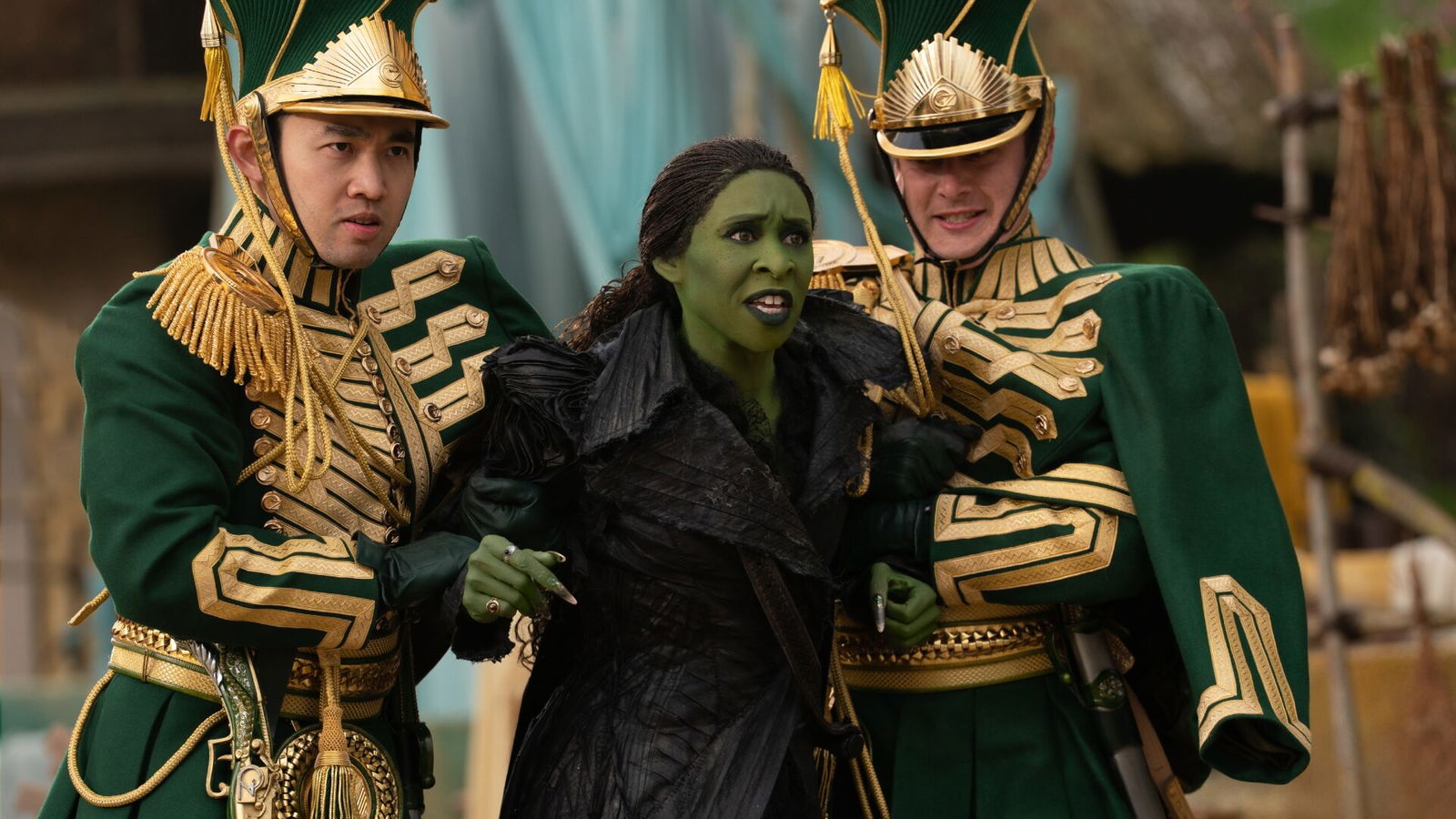
Just like Part 1, Wicked: For Good suffers from the same poor lighting and muted colour palette that dull the vibrancy of Nathan Crowley’s production design and Paul Tazewell’s costuming. One scene in particular flashes back to a happier moment in Elphaba and Glinda’s friendship in a field. What should be a quiet, beautiful moment becomes distracting, as the harsh backlighting from the sun dominates the frame and makes it difficult to see their facial expressions. Director Jon M. Chu’s decision to take a more naturalistic approach across both films remains a misstep, and it feels wholly at odds with the colourful world Oz should be.
“On the bright side, as with Part 1, Wicked: For Good is carried by the performances of Cynthia Erivo and Ariana Grande.”
On the bright side, as with Part 1, Wicked: For Good is carried by the performances of Cynthia Erivo and Ariana Grande. Even with the source material’s unevenness, both actors are strong enough to maintain the film’s momentum. Grande, in particular, delivers sharp comedic timing as she reacts to being outmatched by her former best friend. While most of Wicked’s strongest songs appeared in Part 1, this film still features several impressive numbers. The standout performance is “No Good Deed,” in which Elphaba decides to embrace her villainous reputation, and Erivo both metaphorically and literally soars through the show-stopping sequence. The final duet between Erivo and Grande, “For Good,” is as powerful and heart-wrenching as expected.
As for the two original songs created for the film, they offer added context for each main character’s personal growth, which was less developed in the play. Elphaba’s “There’s No Place Like Home” is a serviceable rallying cry, but Grande’s vocal performance in Glinda’s song “The Girl in the Bubble” is notably affecting.
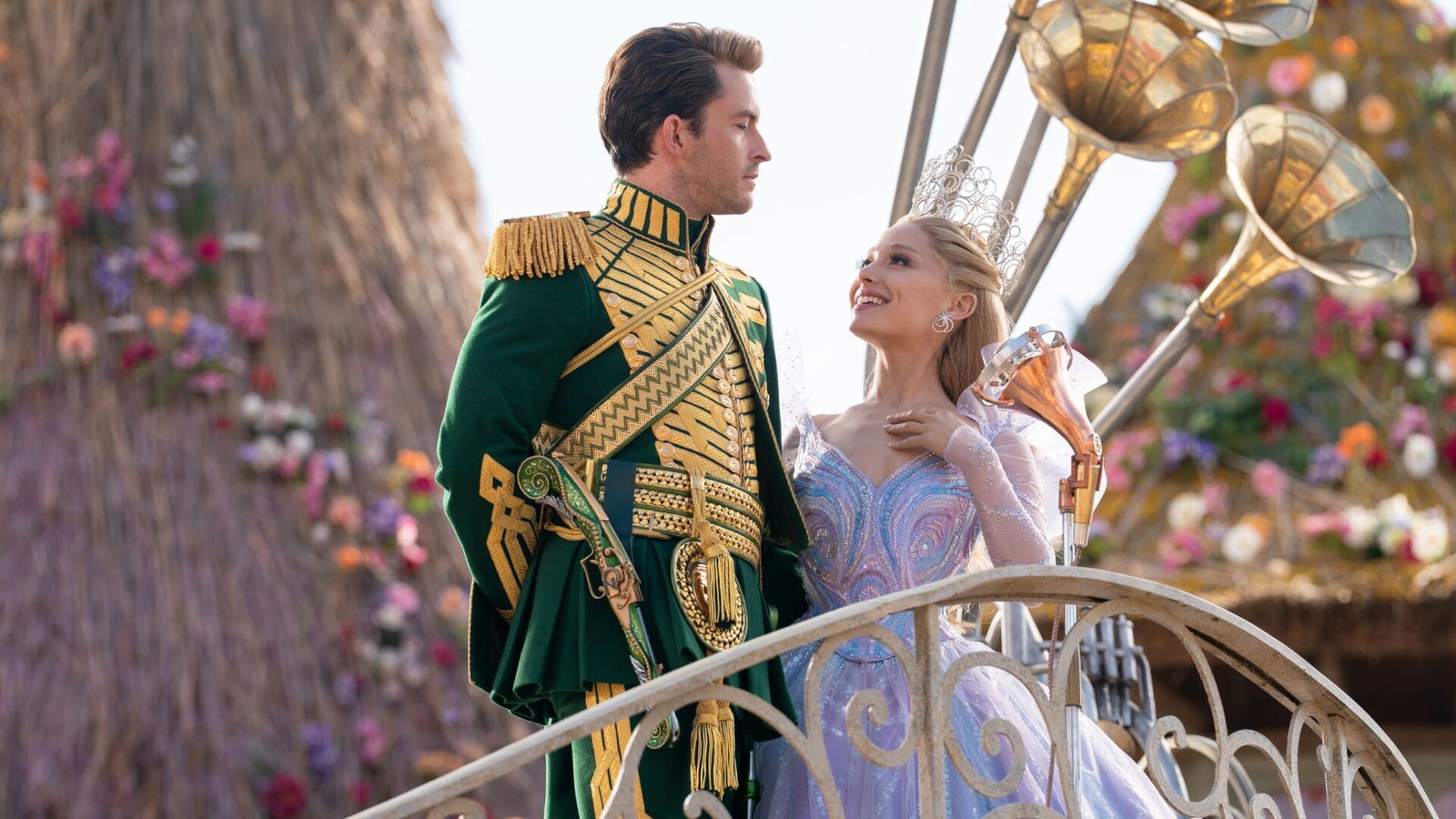
Overall, Wicked: For Good is the kind of film that will perform extremely well at the box office regardless of critical response, supported by its dedicated fanbase. Like the musical itself, it is weaker than the original but not by a wide margin. The lead performances are engaging, and the story remains compelling enough to make the film a great time for fans and a largely enjoyable experience for most viewers.




